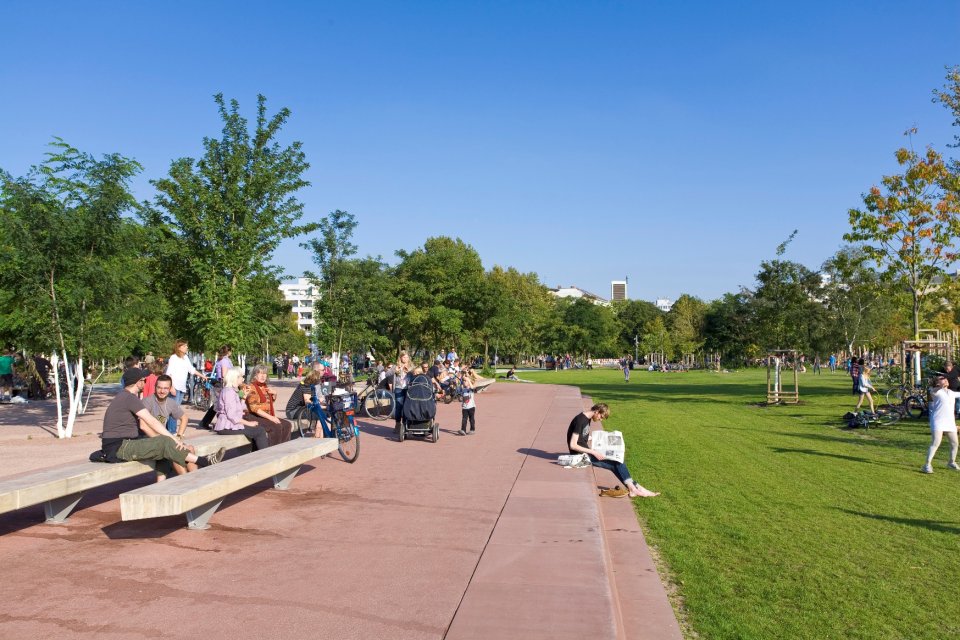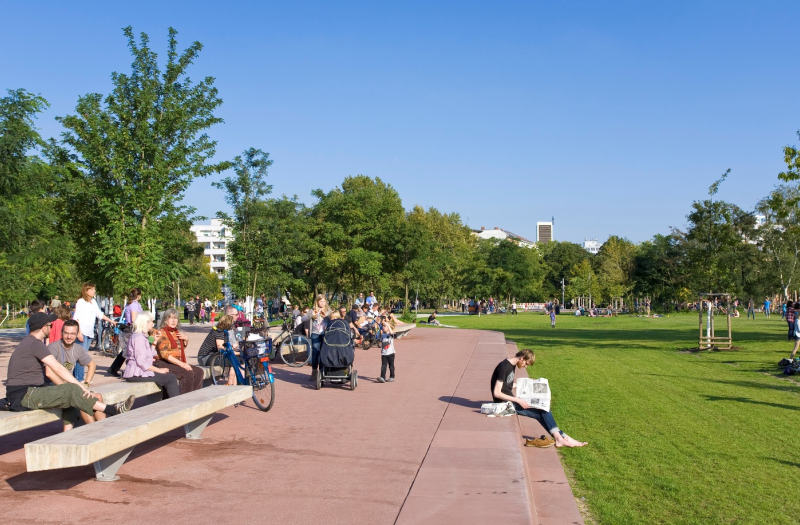Berlin - NbS for urban green connectivity and biodiversity

Berlin has approximately 40 % of green (parks, forests etc.) and blue (rivers, channels, lakes, ponds, etc.) areas within its borders. It aims to create connectivity across the city and a ‘green belt’ as a border boundary for urban growth and a protection against urban sprawl.
Berlin has a specific multi-level administrative structure which determines how different layers of government interact and how competences are distributed. The city of Berlin (Stadt Berlin) fulfils both functions of the municipal and the state level (Land) in the German federal system. It is subdivided into districts (Bezirke) which to some extent are responsible for land use and environmental planning. Creating green solutions and infrastructure is a common goal across the different hierarchical levels of all planning in the City of Berlin which is anchored in most urban planning documents.
NbS project 1: BENE: (urban greening)
Within the city’s urban programme for sustainable urban development, the specific strand related to enhancing the quality of urban spaces focuses on areas of the city with a higher concentration of social problems (e.g. poverty,...
Bottom-up citizens’ initiatives have helped to create important green infrastructure, influencing and transforming public policies. Public policies have to a certain extent tolerated and sometimes integrated these bottom-up activities into mainstream policies (e.g. leasehold contract for the Prinzessinnengarten).
The BENE programme (NbS project 1) has been co-financed by EU's ERDF funding.
The implementation of the Mischwald Programme (NbS project 2) was accelerated through national funds dedicated to the climate adaptation of forests (Bundesanstalt für Landwirtschaft und Ernährung, n.d...
Holle Thierfelder, Senat Berlin; Rieke Hansen, Universität München
